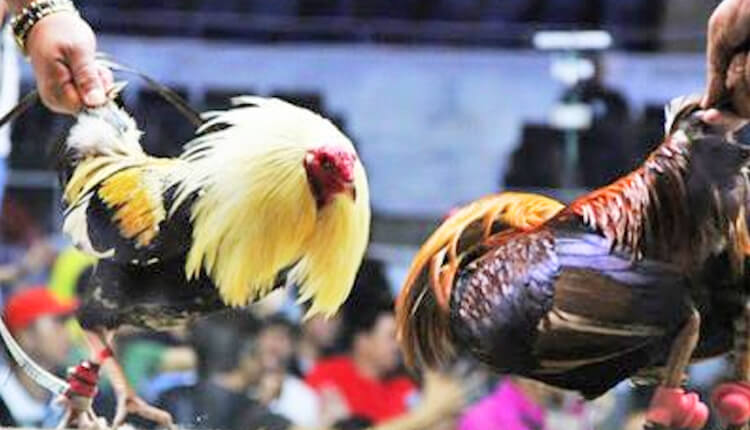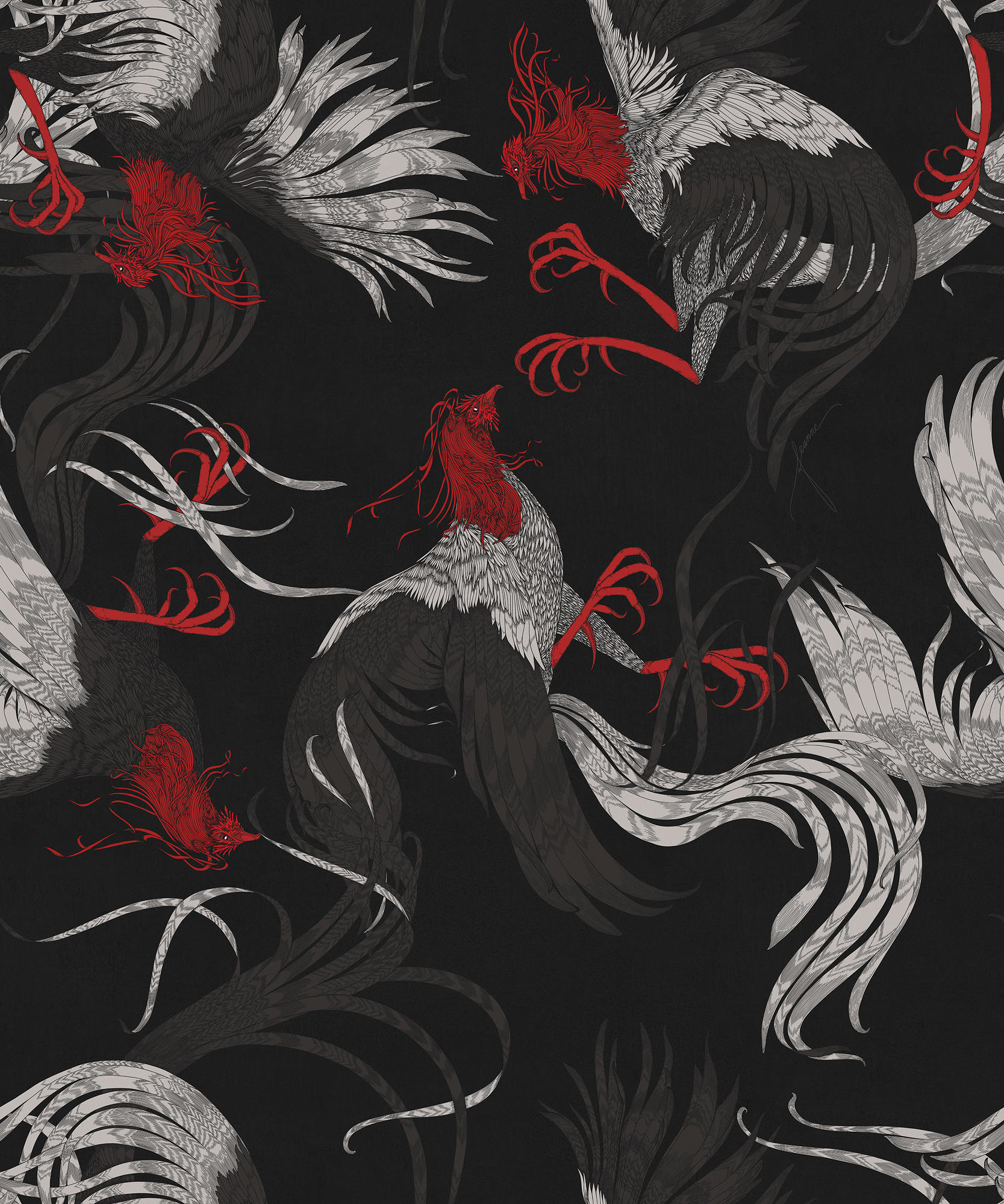Inside the World of a Sabong Grandmaster: Mastering the Art of Cockfighting
Inside the World of a Sabong Grandmaster: Mastering the Art of Cockfighting
Blog Article
Keys of the Sabong Grandmaster: Understanding the Art of Cockfighting
The detailed globe of cockfighting, specifically as exercised by the Sabong Grandmaster, provides a fascinating research study in the confluence of animal habits, training techniques, and affordable approach. To absolutely realize the nuances of this art type, one need to check out exactly how the Grandmaster harmonizes the physical and psychological facets of fowl training while browsing the moral factors to consider intrinsic in this traditional practice. What are the crucial insights that divide the remarkable from the common in this realm? Understanding this might redefine one's viewpoint on the sport and its practitioners.
History of Cockfighting

As the centuries proceeded, cockfighting spread across different continents, adjusting to regional customs and social dynamics. In medieval Europe, it acquired appeal among the nobility, that regarded it as a screen of riches and condition. By the 17th century, the sporting activity had developed itself in England, causing the development of defined regulations and policies.
In the Americas, especially in the Caribbean and the Philippines, cockfighting took on distinct features influenced by colonial backgrounds and aboriginal methods. Today, while the sport continues to be debatable and faces legal difficulties in several regions, its historical importance remains to stimulate discussions about animal rights, social heritage, and societal worths. The development of cockfighting shows wider styles of human interaction with nature and the intricacies of practice.
Comprehending Rooster Behavior
Comprehending rooster behavior is important for those involved in the sporting activity of cockfighting, as it directly influences training, health, and efficiency. Roosters display a variety of habits that can suggest their physical and mental states. Especially, aggression, territoriality, and social hierarchy play substantial duties in their demeanor.
Aggressiveness is a natural impulse in roosters, largely driven by the demand to assert prominence. Observing communications amongst fowls can reveal their position, which is crucial for managing their environment. A confident fowl displays an extra assertive pose, while a submissive one may reveal indicators of stress or anxiety, such as crouching or avoiding eye call.

Training Techniques for Champions
Efficient training methods are important for creating champ fowls that excel in the affordable sector of cockfighting. An organized method guarantees that each bird reaches its complete possibility, integrating physical conditioning with psychological perseverance.
To begin, developing a consistent training program is important - Sabong Grandmaster. This includes day-to-day workouts that boost strength, agility, and endurance. Routines might involve regulated competing sessions with both online and fabricated opponents to replicate competition, permitting roosters to refine their combating skills in a secure setting
Incorporating agility drills, such as obstacle programs and leaping exercises, dramatically boosts a rooster's physical capabilities. In addition, introducing varied surfaces and terrains can improve their adaptability during battles.
Mental training ought to not be overlooked. Familiarizing the birds with the noises and sights of an affordable atmosphere can minimize stress and stress and anxiety on fight day. Positive reinforcement strategies, such as gratifying preferable habits, can impart confidence in the fowls.
Finally, preserving a calmness and assertive presence during training sessions fosters trust fund in between the rooster and the handler, crucial for accomplishing optimum efficiency. Together, these strategies form an extensive training regimen that cultivates champs all set to master the sector.
Health and Nutrition Essentials

Including a mix of corn, barley, and wheat provides necessary carbs, while healthy protein sources such as fish meal, soybean meal, or insects sustain muscular tissue development and recovery. Furthermore, incorporating fresh vegetables and fruits can boost the total dietary account, using anti-oxidants that increase the body immune system.
Hydration is equally essential. Accessibility to clean, fresh water must be a priority, as dehydration can significantly influence efficiency (Sabong Grandmaster). Regular health examinations are crucial to keep an eye on for any kind of potential ailments or parasites that might compromise a fowl's condition
In addition, the timing of feed is critical. Offering nutrients at suitable intervals ensures that fowls preserve energy levels throughout their training and recuperation phases. By concentrating on these health and nourishment fundamentals, sabong enthusiasts can help their roosters accomplish optimal performance in the affordable field.
Methods for Effective Matches
Success in cockfighting rest on a mix of tactical prep work and in-ring techniques. Effective suit approaches begin long prior to the battle, with cautious selection of the fowl. Breeders need to focus on genetic characteristics such as stamina, hostility, and strength, guaranteeing that the selected bird demonstrates a solid lineage of efficiency.
Training is important; roosters ought to be conditioned with a program that includes workout, competing with various other birds, and direct exposure to various environments. This prep work not just why not look here builds strength yet also enhances the bird's flexibility to different opponents.
During the match, a trainer should utilize keen observation and fast decision-making. Acknowledging the challenger's tactics enables prompt adjustments, such as moving the fowl's stance or urging much more hostile actions. Timing is vital; understanding when to restrain the bird or motivate can suggest the distinction between victory and defeat.
Lastly, maintaining a tranquil attitude during matches cultivates confidence in the fowl. A balanced technique, integrating both physical and psychological preparedness, ultimately brings about effective results in the field, demonstrating that proficiency in cockfighting is as much regarding strategy as it is about the birds themselves.
Final Thought
The mastery of cockfighting, as exemplified by the Sabong Grandmaster, rests on a comprehensive understanding of fowl behavior, efficient training techniques, and optimal health and wellness and nourishment. By incorporating typical exercise with contemporary methodologies, champions are cultivated, showcasing remarkable toughness, dexterity, and resilience. Strategic insights during matches further boost the reference likelihood of success. Eventually, the tricks of the Sabong Grandmaster depend on the harmonious equilibrium of these elements, ensuring the continued legacy of this ancient our website sport.
To truly realize the nuances of this art kind, one need to explore just how the Grandmaster harmonizes the physical and mental elements of fowl training while browsing the honest considerations fundamental in this standard practice.Recognizing fowl behavior is necessary for those involved in the sporting activity of cockfighting, as it directly influences wellness, performance, and training.Keeping ideal health and wellness and nourishment is vital for making sure that fowls get to peak performance in the cockfighting sector. Supplying nourishment at suitable intervals makes certain that fowls maintain energy degrees throughout their training and recuperation stages.The mastery of cockfighting, as exemplified by the Sabong Grandmaster, pivots on a comprehensive understanding of fowl actions, efficient training techniques, and ideal health and nutrition.
Report this page